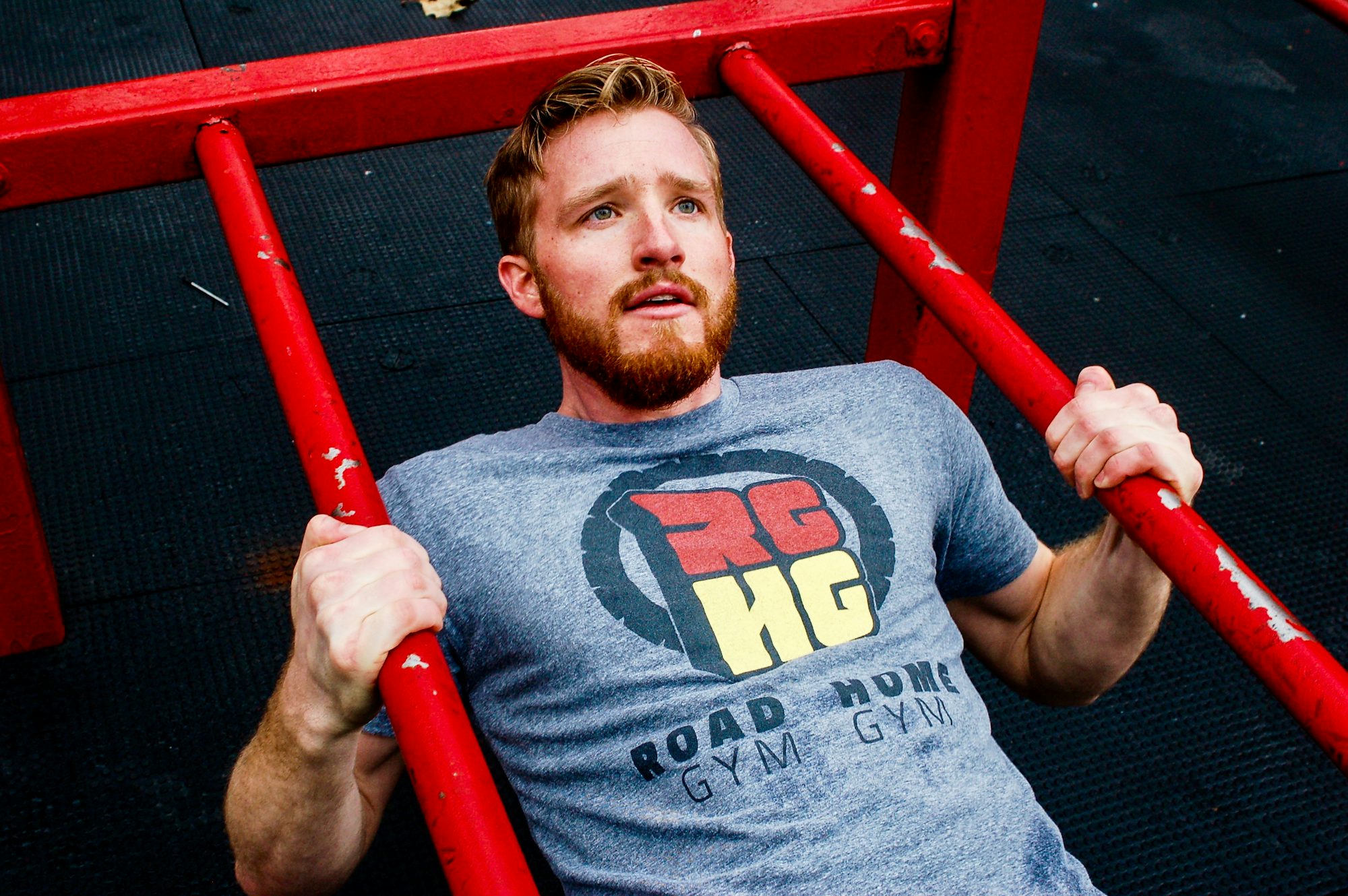The Evolution of Strength Training: From Traditional to Functional Approaches
This classes article explores the meditation evolution of strength training, highlighting the shift from traditional methods to functional training, and the benefits yoga of each approach.
Historically, strength training was largely associated with bodybuilding, where the primary goal was to increase muscle mass and achieve a particular aesthetic. Early practitioners often relied on heavy weights and isolation exercises to target specific muscle groups. While meditation this approach certainly built impressive physiques, it sometimes overlooked the importance of functional strength — the ability to perform everyday activities efficiently and safely.
As our understanding of fitness evolved, so did the philosophy behind strength training. The rise of functional training can be attributed to a growing awareness of the significance of movement patterns in daily life. Functional training focuses on exercises that mimic real-world activities, engaging multiple muscle groups simultaneously. This shift has led many fitness enthusiasts to reconsider their training regimens, opting for routines that not only build strength but also improve mobility, balance, and coordination.
One of the core principles of functional training is its emphasis on core stability. The core plays a crucial role in nearly every movement we perform, whether lifting, twisting, or bending. Functional exercises such as squats, lunges, and deadlifts engage the core while also training other muscle groups. This holistic approach not only builds strength but also enhances overall body mechanics, leading to better posture and reduced risk of injury.
In addition to core stability, functional training often incorporates movement patterns that reflect everyday activities. For instance, pushing, pulling, and squatting are fundamental movements that we frequently perform in daily life. By training these patterns, individuals can develop strength that directly translates to improved performance in activities such as carrying groceries, playing sports, or lifting children. This practical application of strength training is one of the key reasons why functional training has gained popularity among diverse populations, from athletes to seniors.
Another significant advantage of functional training is its adaptability. Regardless of age or fitness level, individuals can benefit from functional exercises tailored to their needs. For instance, a young athlete may focus on explosive movements to enhance performance, while an older adult might prioritize balance and stability exercises to prevent falls. This versatility ensures that everyone can engage in strength training in a way that suits their personal goals and abilities.
Moreover, functional training encourages a more comprehensive approach to fitness, often integrating elements of cardiovascular conditioning and flexibility training. Many functional workouts incorporate high-intensity interval training (HIIT), which combines strength exercises with bursts of cardio. This not only enhances overall fitness but also keeps workouts engaging and dynamic. Participants often find that this variety prevents boredom and keeps them motivated to continue their fitness journeys.
The rise of functional training has also influenced the equipment used in strength training. Traditional gyms often feature machines that isolate specific muscle groups, while functional training spaces typically utilize free weights, resistance bands, kettlebells, and other versatile tools. This shift allows for a wider range of exercises and promotes the development of functional strength through compound movements. Additionally, many functional training facilities provide open spaces for bodyweight exercises and dynamic movements, further emphasizing the importance of versatility in training.
Community is another essential aspect of functional training that enhances its appeal. Many fitness centers and studios offer group classes focused on functional movements, creating an environment that fosters camaraderie and support. Participants often encourage one another, celebrating achievements and pushing each other to reach their goals. This sense of belonging can significantly enhance motivation and accountability, making it easier for individuals to stick to their fitness routines.
As functional training continues to evolve, so do the methodologies and philosophies surrounding it. Many fitness professionals advocate for a well-rounded approach that combines traditional strength training with functional principles. This hybrid model allows individuals to experience the benefits of both worlds, building muscle while also developing the functional strength needed for everyday life. By integrating these approaches, trainers can create comprehensive programs that address the diverse needs of their clients.
The increasing popularity of functional training has also led to a growing emphasis on education and certification for trainers. Many fitness professionals now pursue specialized training in functional movement, biomechanics, and injury prevention. This commitment to ongoing education ensures that trainers can provide safe and effective guidance to their clients, helping them achieve their goals while minimizing the risk of injury. As a result, individuals can feel confident that they are receiving high-quality instruction tailored to their unique needs.
In conclusion, the evolution of strength training from traditional bodybuilding to functional approaches reflects a broader understanding of fitness and classes health. By prioritizing functional strength, individuals can enhance their overall well-being, improve their ability to perform everyday activities, and enjoy a more active lifestyle. The adaptability, community focus, and holistic principles of functional training make it a valuable option for anyone seeking to enhance their fitness journey. As we continue to learn and grow in our understanding of strength training, the integration of traditional and functional methodologies promises to pave the way for a healthier future.